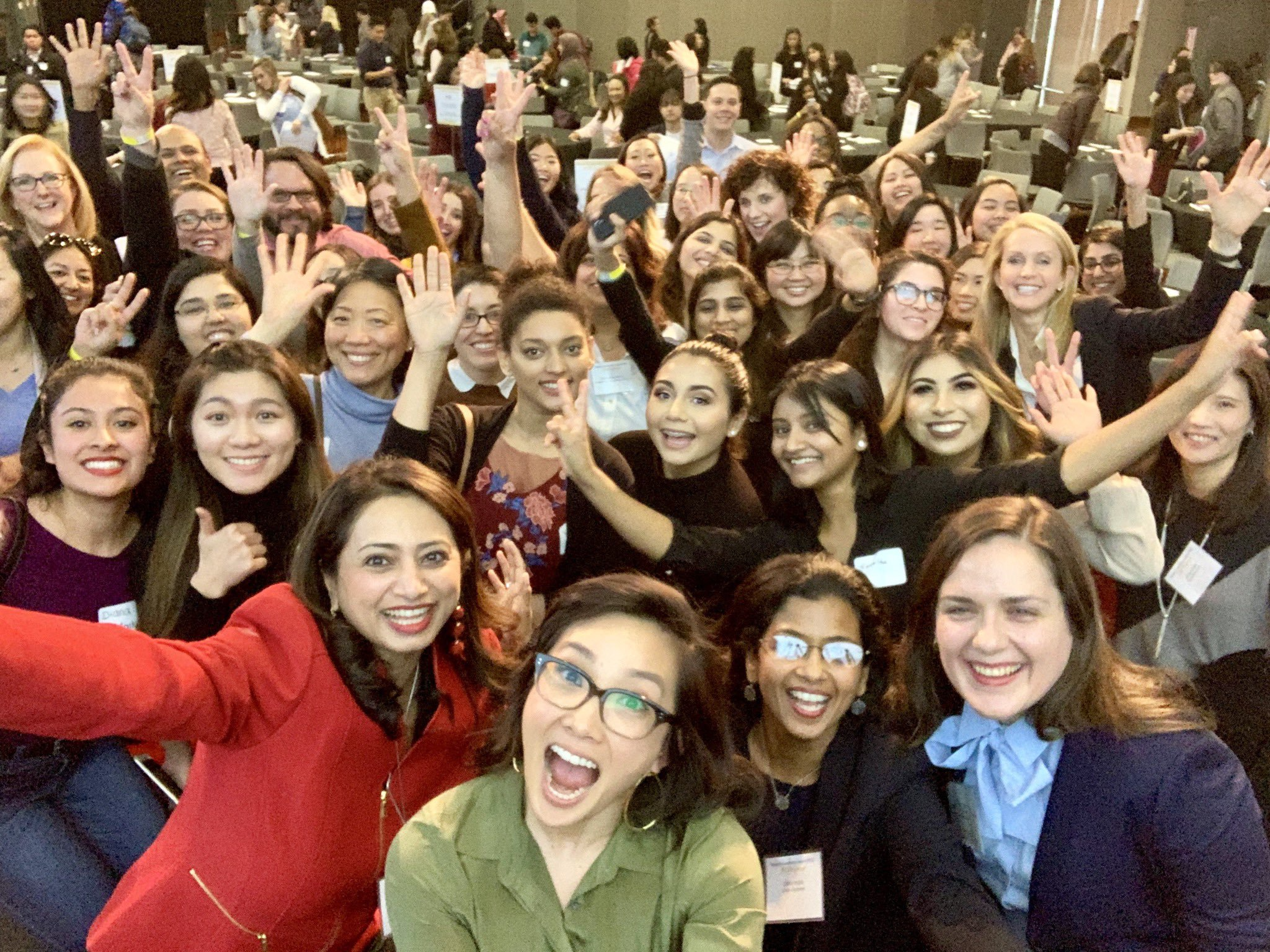- Jul 31, 2024
The Power of Employee Resource Groups (ERGs): Advocating Support, Gender Equality, and Equal Opportunities
- Shake Up The Workplace
Welcome to the eye-opening power of Employee Resource Groups (ERGs) in creating supportive, equitable, and opportunity-rich workplaces. As passionate advocates for workplace inclusion and dedicated diversity champions at Shake Up The Workplace, we've seen firsthand the transforming potential of ERGs. These dynamic communities are more than support systems; they are change agents, creating situations where everyone may succeed, regardless of background. Today, we're excited to share insights and real-world examples from CISCO's inclusive communities, emphasizing the role of ERGs in pushing for support, gender equality, and equitable opportunity. Let's look at how ERGs may change your organization into a beacon of inclusivity and empowerment, according to Carlene Coward, the EMEA region's Inclusive Communities Program Manager.

1. The Essence of Employee Resource Groups (ERGs)
ERGs form the bedrock of inclusive communities within organizations. The employee-led groups that promote a diverse and inclusive workplace are aligned with an organization's mission, values, and goals. At Cisco, ERGs are crucial in advocating gender equality, and equal opportunities, and advocating support for all employees, providing safe spaces for various underrepresented groups to connect, grow, and thrive.
ERGs are structured to have a significant impact on both social and business fronts. They are aligned with protected characteristics such as gender, race, ethnicity, orientation, age, ability, veteran status, religion, culture, and experience. By offering these groups, companies can foster a more inclusive culture and provide opportunities for learning and proximity among employees.
2. The Structure of ERGs at Cisco
The success of ERGs often lies in their structure, which can range from global to regional and local chapters. This multi-layered approach ensures that ERGs can address specific local concerns while maintaining a unified global vision. The team sits within a broader inclusion and diversity department, part of HR. This unique structure includes:
Team Leader
Operations and Governance Specialist
Change Management and Experience Manager
Regional Program Managers for Americas, Latin America, Asia Pacific, Japan, China, and EMEA
This setup ensures a global perspective while addressing regional and local needs.

For instance, Cisco's ERGs have specific chapters for various regions, allowing them to cater to unique cultural nuances and legal considerations. This structure ensures that employees, regardless of their location, feel supported and included. Carlene Coward's role in the EMEA region exemplifies how regional program managers can tailor initiatives to meet the specific needs of their communities.
3. Global and Regional Communities
Cisco has 30 inclusive communities, including global Employee Resource Organizations (EROs) and special interest networks. These communities address the full spectrum of diversity, such as gender, race, ethnicity, orientation, age, ability, veteran status, religion, culture, and experience.
EROs have a global presence with regional and local chapters, ensuring that local concerns and achievements are recognized. Networks are more specialized, focusing on specific business functions or personal interests.
4. How ERGs Drive Inclusion and Business Impact
ERGs at Cisco play a significant role in creating an inclusive culture and delivering business and social impact. Here’s how they achieve this:
4.1: Promoting Gender Equality and Equal Opportunities
ERGs at Cisco encompass a variety of groups such as the Connected Black Professionals Network, the Connected Disability Awareness Network, Pride LGBTQ+ and Allies, and the Women of Cisco group. These groups are vital in fostering a conscious culture by providing opportunities for proximity and learning.

A group of women at a Women of Cisco event
4.2: Supporting Diverse Needs Through Networks
Special interest networks, like the Back to Business Network, support employees returning from extended leave. These networks cater to specific needs, such as maternity leave or medical leave, providing a crucial support system for employees transitioning back to work.
4.3: Creating Safe Spaces and Community
Inclusive communities at Cisco provide safe spaces for employees to bring their whole selves to work. For instance, the Pride LGBTQ+ and Allies ERO ensures that employees can express their true identities in a safe and supportive environment, even in regions where it might be challenging.

Cisco marches at Pride in London in support of a more diverse and inclusive workplace
5. The Role of HR and INC Teams in Encouraging ERGs
HR and Inclusion & Diversity (INC) teams play a pivotal role in fostering the growth and establishment of ERGs. They can propose the idea, set initial steps, and advertise for volunteers to lead these communities. Here are some tips for HR and INC teams:
5.1: Identifying and Supporting New ERGs
Identify gaps and potential areas for new ERGs based on employee needs and experiences. Provide initial guidance, resources, and executive sponsorship to help these groups thrive.
5.2: Ensuring Engagement and Sustainability
For ERGs to succeed, continuous engagement and support are essential. Encourage member participation, share best practices across communities, and provide necessary resources and funding to sustain their activities.
Conclusion
ERGs at Cisco exemplify how inclusive communities can drive significant positive changes within an organization.
Through their structured approach, global and regional presence, and the collaborative efforts of HR and Inclusion & Diversity teams further strengthen these communities, ensuring continuous engagement and sustainability. As Carlene Coward illustrates through Cisco's inclusive communities, the impact of ERGs extends beyond social benefits, driving business success and innovation.
For more information and insights, watch the full session here: Enabling Inclusive & Belonging through Inclusive Communities at Cisco.
Employee Resource Groups (ERGs) promotes equality of opportunity, support, and gender. They additionally create a supportive environment, which aids in managing the risk of burnout. Read Burnout – Why A Toxic Workplace Is Only Half Of The Equation.
Read more blogs:
Amplifying Organizational Wellbeing: The Power of an Entrepreneurial Mindset and Communities
How to have difficult conversations with your team
Menopause At Work – Let’s Finally Talk About It!
How To Avoid Pitfalls Of Diversity, Equity, Inclusion (DEI) Training